

Canine Leptospirosis
Leptospirosis is considered to be the most widespread zoonotic infection in the world, with infected dogs a source of infection.45,46
Disease Overview
Leptospirosis is an infectious disease that causes serious illness in dogs, other animals, and people. The disease is caused by spiral-shaped bacteria called leptospires that live in water or warm, wet soil.
Initial signs of leptospirosis include fever, lethargy, and lack of appetite. Left untreated, it can develop into a more severe, life-threatening illness that affects the kidneys, liver, brain, lungs, and heart.
CANINE LEPTOSPIROSIS FAST FACTS
- Prevalence of canine leptospirosis has increased in recent years.47,48
- As many as 8.2% of dogs are shedding leptospires, some asymptomatically.49
- Weather changes, population growth, and habitat encroachment have all increased human and canine exposure to pathogens and their carriers.47,48
TRANSMISSION
Transmission of leptospirosis can occur through direct contact or indirectly through environmental exposure.
- Leptospires enter the body through mucous membranes in the mouth, eyes, or nose, or through abraded or water-softened skin.50
- Leptospires multiply in a host animal’s bloodstream.
- Leptospires move from the bloodstream to the kidneys and other tissues to continue reproducing.
- Leptospires pass from the kidneys into the urine; then are shed back into the environment.
- Other dogs, wild animals, or people can become infected through direct or indirect contact.
CLINICAL SIGNS
- Fever
- Lethargy
- Weight loss
- Anorexia
- Depression
- Acute renal failure
- Jaundice
- Abdominal discomfort
- Vomiting and diarrhea
- Blood in urine is uncommon, but may occur
- Respiratory distress
DOGS AT RISK
Dogs at risk for developing leptospirosis include those with:51
- Access to ponds, lakes, streams, or standing water
- Exposure to urine from other infected animals, including:
- Other dogs in shelters or other pet care facilities
- Wildlife (e.g. rodents, racoons, opossum, deer), either through direct contact with urine or through contaminated water
MORBIDITY THREATS
As leptospirosis progresses, it can result in:50,51
- Leptospiremia
- Leptospires can multiply in the bloodstream and spread to many tissues and organs
- Vascular damage/thrombocytopenia
- Can lead to kidney failure and interfere with liver function
- Contributes to coagulatory abnormalities and hemorrhages
- Severe kidney and liver damage
- Acute renal failure occurs in dogs with severe clinical signs
- Acute hepatic dysfunction or chronic hepatitis have been caused by specific serovars
SPREADING DISEASE
Leptospiruria (urinary shedding)50,51
- Infected dogs can enter a carrier state
- Organisms may persist in the kidney and be shed in the urine for weeks to months
- Other dogs, wild animals, and humans can become infected from direct or indirect contact with these leptospires that were shed into the environment
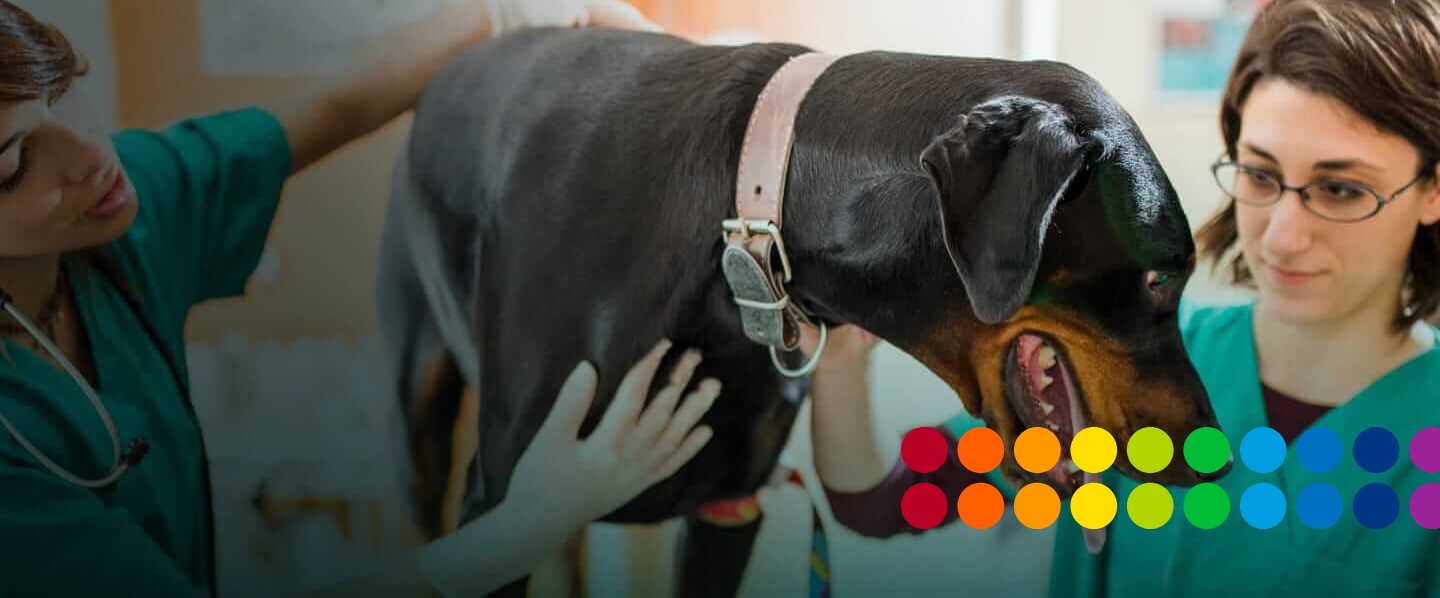
KEEP YOUR STAFF PROTECTED FROM LEPTOSPIROSIS
Do you have a Standard Operating procedure to keep your staff and clinic safe if an outbreak occurs?
Merck Animal Health Vaccines
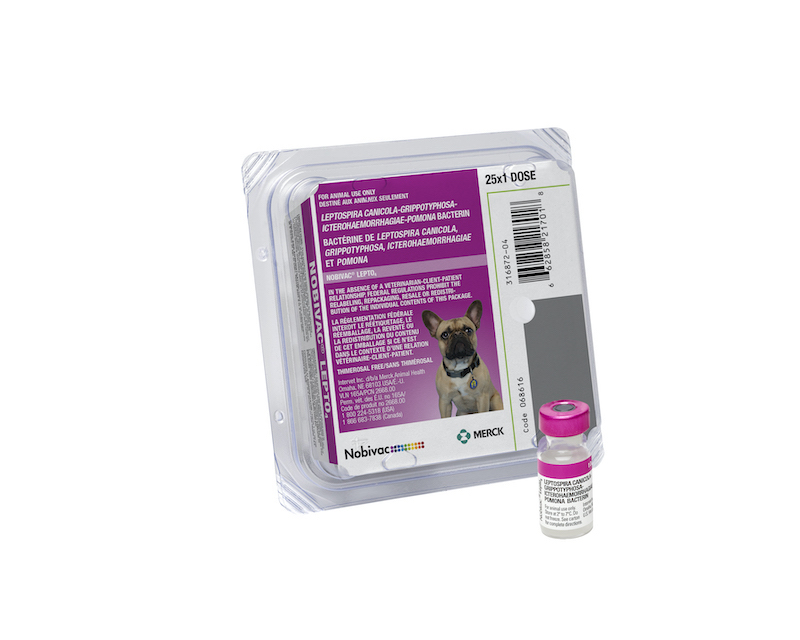
NOBIVAC® LEPTO4
The only 4-way leptospirosis vaccine proven to protect against disease, mortality, and leptospiruria.
ALSO AVAILABLE INOTHER FORMULATIONS
Easy Ways to Inform Pet Parents about Leptospirosis
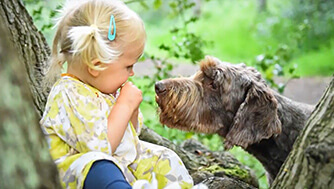
Zoonotic Risks
Video
Fact vs Fiction – listen to the latest thoughts from veterinary experts on vaccinating for leptospirosis.

Signs of Disease
Video
Help pet parents to recognize the clinical signs of leptospirosis.
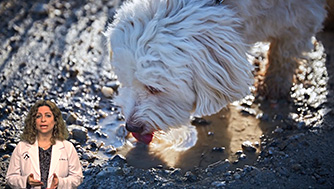
Lepto Basics
Video
Stay alert for these signs of leptospirosis to prevent the spread of this potentially deadly disease.
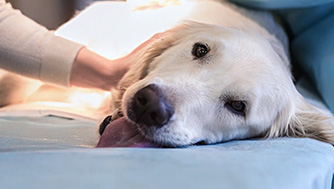
Diagnosis & Treatment
Video
Share this basic video to help pet parents understand treatment options for leptospirosis as well as what they can do to reduce their dog’s risk.

Risks & Prevention
Video
Help pet parents keep their pets safe with these preventative measures.
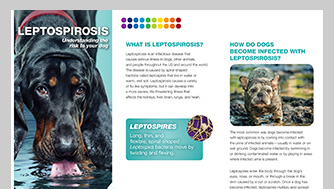
Understand Your Dog’s Risk
Brochure
Share this printable brochure to educate pet parents in your clinic about transmission, risks and outcomes.

Dangers of Lepto
Podcast
Hear leading veterinary experts Dr. Courtney Campbell and Dr. Michelle Evason discuss leptospirosis and how to prevent this dangerous zoonotic disease.

Protect Your Pets & Family from Leptospirosis
Video
Renowned pet journalist and radio host Steve Dale discusses protecting your pets & family from leptospirosis.
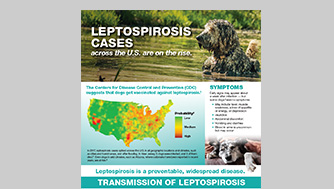
Infographic Map
Marketing
A simple reference for facts presented in a visual way–a great resource for sharing online.
No items to show.
Professional Resources and Educational Materials
Keep your clinic and staff informed and aware of diseases and outbreaks.
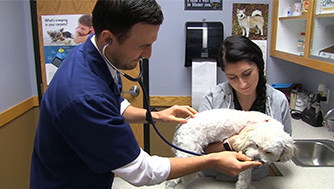
Standard Operating Procedure
Video
Learn why it’s important to have a Standard Operating Procedure to reduce the risk of leptospirosis in your practice.
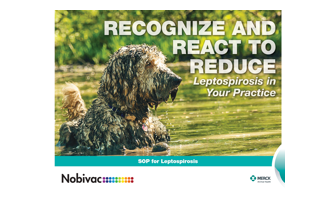
MAH-Nobivac-Lepto-Detailed-SOP-guide
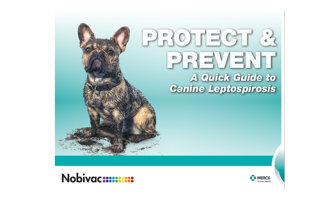
Quick Guide to Lepto
eBook
A handy guide to protect dogs and prevent the spread of leptospirosis.
No items to show.
Disease & Mortality Study
Urinary Shedding Challenge Study
Prevention of Leptospiremia and Leptospiruria Following Vaccination With a Dappv + 4-way Leptospira Combination Vaccine
Rhonda L. LaFleur, Jennifer C. Dant, Anna L. Tubbs, Huchappa Jayappa, David Sutton, Ian Tarpey
Background: Leptospirosis, characterized by high fever, anorexia, vomiting, abdominal pain, diarrhea, myalgia, polyuria/polydipsia, jaundice, epistaxis, hematuria, and/or reproductive failure, continues to cause considerable morbidity among infected canines. Direct transmission of Leptospira spp. occurs when dogs come into contact with infected urine or ingest infected tissue. After dogs become infected, the spirochetes circulate in the blood for several days,1,3 where they cause extensive damage to the endothelium of small blood vessels (leptospiremia). After the leptospiremic phase, the spirochetes can further colonize various organs, including the kidneys, where dogs can become a carrier and potentially shed organisms in the urine for months (leptospiruria). Leptospira interrogans serovars Canicola and Icterohaemorrhagiae are traditional causative agents of canine leptospirosis, and while the use of bacterins have decreased the prevalence of the disease, significant morbidity can still be attributed to infection with these serovars.
Aim to Work: In this study, we combined inactivated L interrogans serovars Canicola, Pomona, and Icterohaemorrhagiae and L kirschneri serovar Grippotyphosa with Nobivac® Canine 1-DAPPv (Animal Health at Merck & Co., Inc., Kenilworth, NJ USA), a commercially available vaccine that contains modified live canine distemper virus, adenovirus, parainfluenza virus, and parvovirus. We then vaccinated dogs with the combination product and evaluated the ability of the vaccination to prevent leptospiremia and leptospiruria following challenge with viable organisms of each serovar.
No items to show.
References:
45. https://www.cdc.gov/leptospirosis/health_care_workers/index.html. Accessed June 6, 2018
46. https://www.cdc.gov/leptospirosis/infection/index.html. Accessed June 6, 2018
47. http://www.akcchf.org/educational-resources/library/articles/canine-leptospirosis-on-the.html; Accessed June 6, 2018.
48. White AM, Zambrana-Torrelio C, Allen T, et al. Hotspots of canine leptospirosis in the United States of America. The Vet Journal 2017; 222: 29–35.
49. Harkin KR, Roshto YM, Sullivan JT, et al. Comparison of polymerase chain reaction assay, bacteriologic culture, and serologic testing in assessment of prevalence of urinary shedding of leptospires in dogs. J Am Vet Med Assoc 2003;222:1230–1233.
50. Greene CE, Sykes JE, Moore GE, et al. Leptospirosis In: Greene CE, ed. Infectious Diseases of the Dog and Cat 4th ed. St Louis, MO: Saunders/Elsevier; 2012: 431-447.
51. J.E. Sykes, K. Hartmann, K.F. Lunn, et al. 2010 ACVIM Small Animal Consensus Statement on Leptospirosis: Diagnosis, Epidemiology, Treatment, and Prevention. J Vet Intern Med 2011; 25: 1–13.


